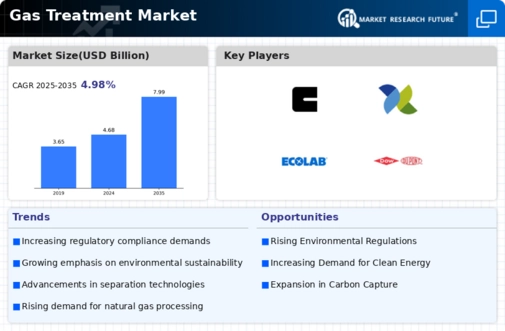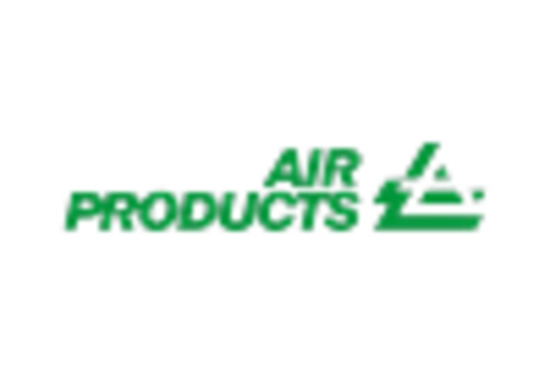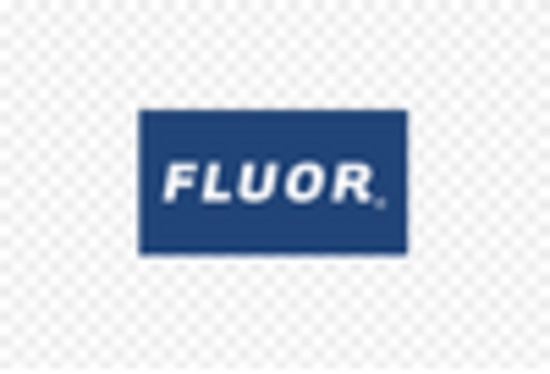Market Analysis
In-depth Analysis of Gas Treatment Market Industry Landscape
The Gas Treatment Market is a dynamic and evolving sector that plays a crucial role in ensuring the quality and safety of gases used in various industries. The market dynamics of this industry are influenced by several factors, including regulatory requirements, technological advancements, and the growing demand for clean and sustainable energy sources.
One key driver shaping the market dynamics is the increasing stringency of environmental regulations. Governments around the world are implementing stricter standards to control emissions and reduce the environmental impact of industrial processes. This has led to a rising demand for gas treatment solutions that can effectively remove pollutants and impurities from gases before they are released into the atmosphere. As a result, companies operating in the gas treatment market are continually innovating to develop more efficient and environmentally friendly technologies.
Technological advancements also play a pivotal role in shaping the dynamics of the gas treatment market. With rapid developments in materials science, process engineering, and analytics, companies are able to create more sophisticated and effective gas treatment systems. Advanced technologies such as adsorption, absorption, and membrane separation are gaining prominence, offering enhanced performance and cost-effectiveness. These innovations not only improve the efficiency of gas treatment processes but also open up new opportunities for market growth.
The growing demand for clean and sustainable energy sources is another factor influencing market dynamics. As the world transitions towards a low-carbon economy, there is an increasing focus on renewable energy and cleaner industrial processes. This shift has led to a rising demand for gas treatment solutions that can support the production and use of cleaner gases, such as hydrogen. Companies operating in the gas treatment market are strategically positioning themselves to capitalize on these opportunities, driving investments in research and development to create solutions that align with the sustainability goals of their clients.
Market dynamics are also influenced by the economic landscape and the overall industrial activity. The demand for gas treatment solutions is closely tied to industries such as oil and gas, petrochemicals, and manufacturing. Economic fluctuations, geopolitical events, and global energy trends can impact the level of activity in these sectors, consequently affecting the demand for gas treatment technologies. Companies in the gas treatment market must navigate these external factors and adapt their strategies to remain competitive in a constantly changing business environment.
Natural gas is a fuel that burns cleanly and efficiently and is utilized in a wide range of applications. Natural gas is becoming more popular since it emits fewer harmful gases than coal or other energy sources, such as carbon dioxide, leading to increased use. Despite being a fossil fuel, natural gas has substantially fewer warming gas emissions when used compared to coal or oil. When burned in a new, effective natural gas power station, natural gas produces 50% to 60% less carbon dioxide (CO2) than emissions from a new coal plant. The market for gas treatment will expand due to the growing demand for natural gas and its minimal environmental impact.Additionally, since natural gas processing necessitates severing the raw natural gas from the condensate and water, using natural gas reduces emissions that are harmful to the environment. Additionally, it's important to effectively remove the contaminants, which include mercury, carbonyl sulfide (COS), carbon dioxide (CO2), mercaptans, hydrogen sulfide (H2S), carbon dioxide (CO2), and other sulfur compounds, to stay ahead of regulatory requirements and increasingly sour natural gas resources. Because of its small environmental impact, natural gas is becoming increasingly popular, one of the key factors propelling the growth of the worldwide gas treatment market.









Leave a Comment